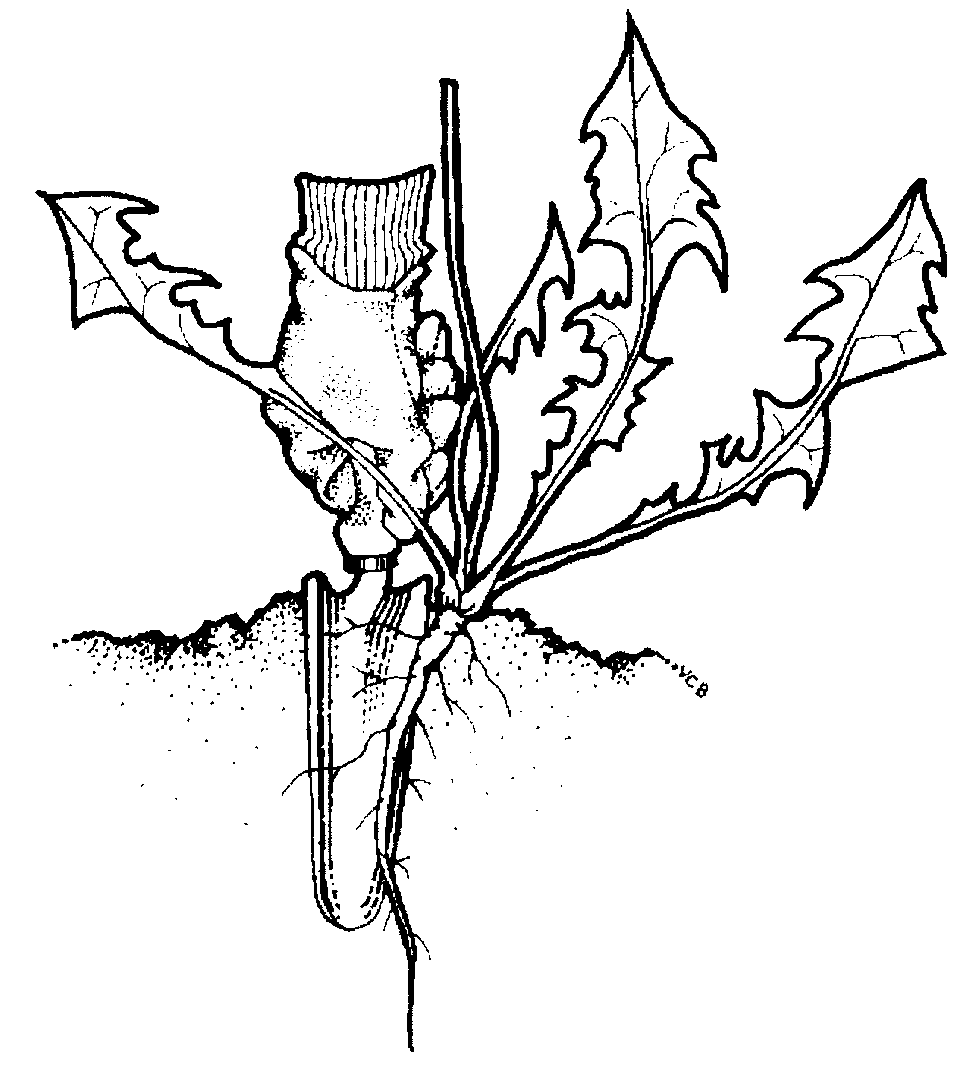(Also known as Erica, Spanish heath)
Erica lusitanica
Family: Ericaceae
Type of weed: Woody weed
Priority Weed Local Priority Weed. (See more weeds of the Local Priority Weed class.)
Flowering Months: June, July, August, September
Description
Spanish Heath is a dense, multi stemmed, fast growing evergreen shrub to 3 m tall. Stems are upright or arching. Young stems are hairy. The plant tolerates poor soil.
Leaves are 4–7 mm long, tightly rolled, finely pointed, linear and crowded.
Flowers are bell shaped, 4–7 mm long, white (but usually pink when in bud) in clusters towards the end of branches. It flowers profusely winter to early spring, often obscuring foliage.
Fruit capsules contain many very fine seeds and mature over spring.
Don’t confuse with…
Spanish Heath can be confused with native heath plants (Epacris species). Native heath plants also have small leaves and bell-shaped flowers. Native heath plant flowers have 5 petals; Portuguese Heath has 4 petals.
Portuguese Heath can be confused with Leucopogon, as well as some Kunzea and Leptospermum species.
Dispersal
Seed is dispersed by water, wind, vehicles, in soil and in dumped garden waste. Each plant produces numerous seeds that germinate easily and rapidly. Portugese Heath also suckers, layers and coppices.
Impact on bushland
Portugese Heath can create monocultures. The fine dense roots form a mat which suppresses the growth of other plants. Fire and soil disturbance promote the germination of seedlings.
Distribution
Lower Blue Mountains, Upper Blue Mountains. Hazelbrook to Mt Victoria.
Alternative planting
Native plants
- Coral Heath (Epacris microphylla)
- Swamp Heath (Epacris paludosa)
- Epacris pulchella
- Pink Kunzea, Pink Buttons (Kunzea capitata)
- Tick Bush (Kunzea ambigua)
- Logania albiflora
- Woolly Tea Tree (Leptospermum grandifolium)
- Leocopogon fletcheri
Council provides a tool, on its Mountain Landscapes website, to help you choose native alternative plantings. Choose your village, soil, vegetation community and the purpose of your planting, and the tool will give you suggestions.
There are native nurseries in several Blue Mountains villages, including Glenbrook, Lawson and Katoomba. Please also ask at your favourite local nursery.
Control
- Hand remove
- Dig out tap root
- Remove flowers, fruit, pods or seeds
- Stem inject or frill
- Cut and paint
Manual control
Hand remove
Grasp stem at ground level. Rock weed backwards and forwards to loosen roots, then pull out gently. Carefully tap the roots to dislodge attached soil. Replace disturbed soil and pat down.
Considerations
- Leave weeds so that roots do not make contact with soil; on a rock, for instance. A small amount of debris may be hung in a tree or removed from the site.
- Vary the position of your body to avoid fatigue when removing plants by hand over extended periods.
Hand removal of plants with a tap root

Push a narrow trowel or knife into the ground next to the tap root. Carefully loosen soil. Repeat this step around the tap root. Grasp stem at ground level, rock plant backwards and forwards and pull gently. Tap roots carefully to dislodge soil. Replace disturbed soil and pat down lightly.
Remove seeds, pods or fruit
Gently remove any seeds, pods or fruit and carefully place in a bag.
Chemical control
Note: Herbicides that may be used for this weed include Glyphosate.
Stem injection or frilling
Stem injection

At the base of the tree, drill holes at a 45° angle into the sapwood (just under the outer bark) at two finger space intervals around the entire base of the tree. Repeat this process below the lowest branch
Frilling
As an alternative to drilling, make cuts into the sapwood with a chisel or axe. Fill each cut/hole with herbicide immediately. Repeat the process at 3 cm intervals around the tree.
Considerations
Plants should be healthy and actively growing. Deciduous plants should be treated in spring and autumn when leaves are fully formed. For multi-stemmed plants, inject or chip below the lowest branch or treat each stem individually. Herbicide must be injected immediately before the plant cells close (within 30 seconds before translocation of herbicide ceases.)
Cut and paint

Useful for small to medium sized woody weeds up to 10 cm in diameter.
Make a horizontal cut as close to the ground as possible with secateurs or loppers, and immediately apply concentrated Glyphosate to the exposed stump surface. Do not allow the surface to get covered with soil.
Specific control tips for this weed
Seedlings can be hand pulled ensuring all the roots are removed. Use a trowel to loosen the soil first and take care as stems and roots are brittle.
Established plants can be cut and painted or stem injected.
Seeds are dispersed by birds, so it is best to treat plants before they fruit. Dispose of flowers and seeds. Cut parts of the plant can be spread out to dry off the ground. Once material is dead it will decompose in place.
For key points on these techniques:
Local Priority Weed
Control measures:
- The plant should be fully and continuously suppressed and destroyed.
- Plants under 4 metres in height should be fully and continuously suppressed and destroyed.
- The spread of this plant should be adequately contained to prevent spread impacting on priority assets. Weed notices will only be issued for these weeds under special circumstances.


